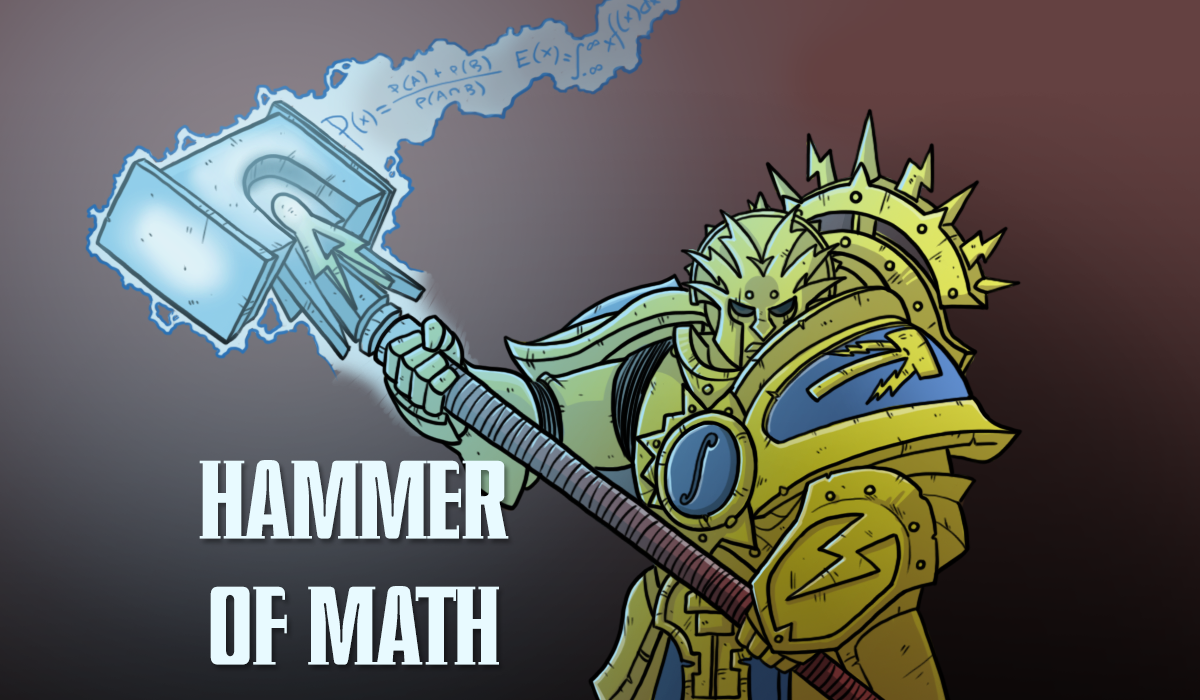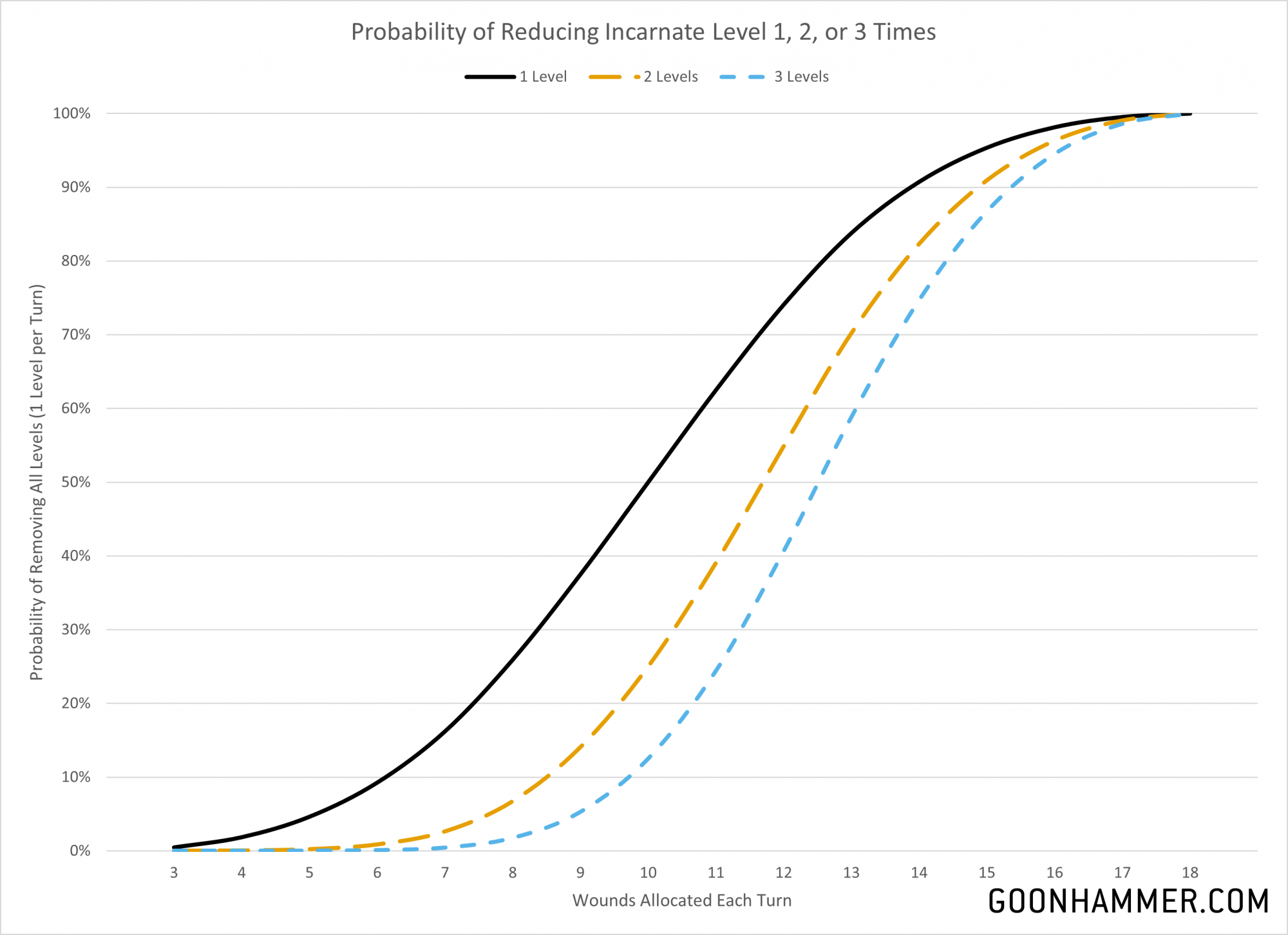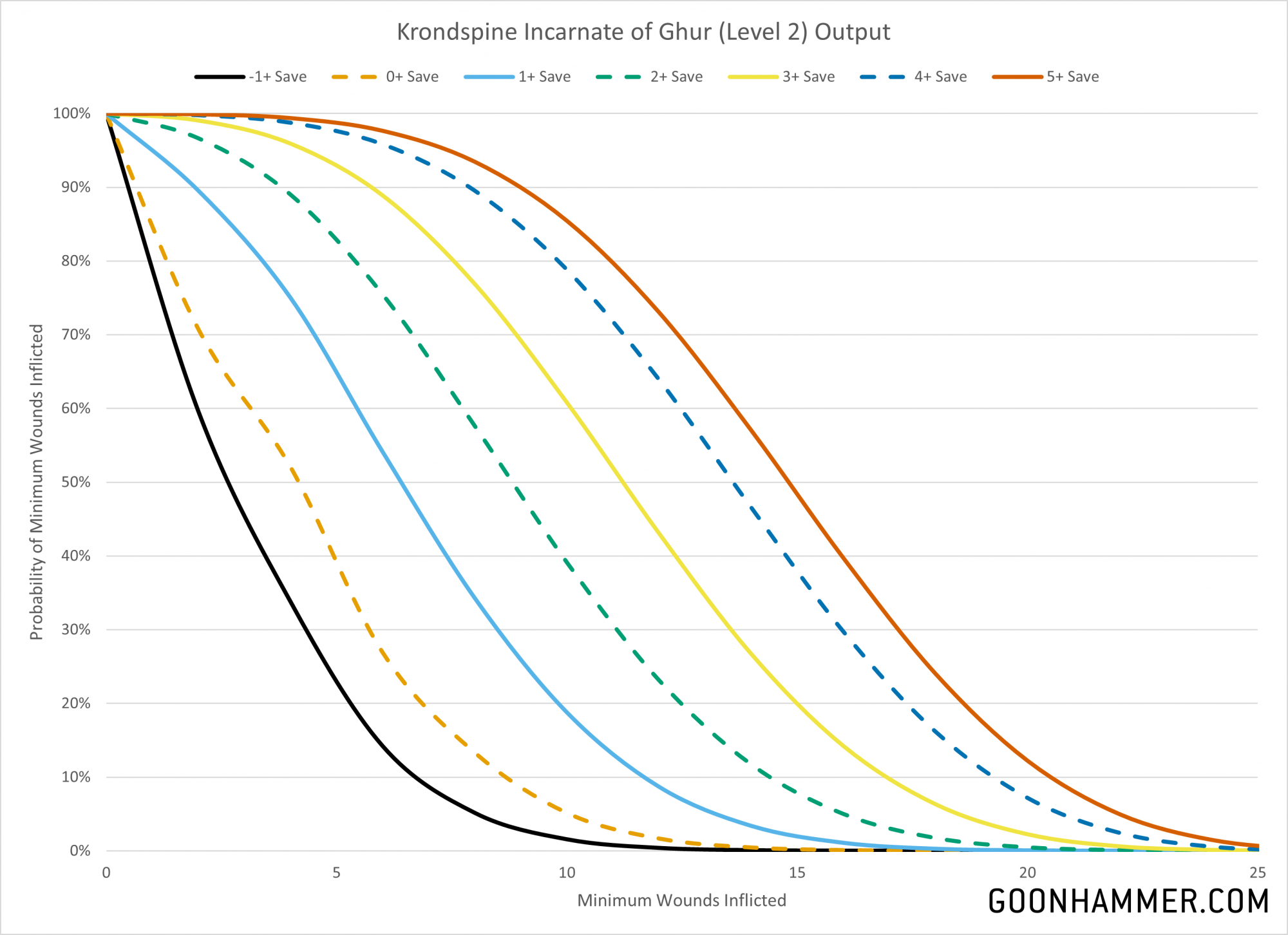This week’s Hammer of Math takes a look at the challenges of killing incarnates, and also takes a look at the offensive power of the Krondspine Incarnate of Ghur. Note that these rules may be affected by a future battlescroll update.
Incarnates were introduced in the Season of War: Thondia book as a new unit type. In what seems to be continued proof that Age of Sigmar really does get the cooler units (Endless Spells anyone?), an incarnate is a being of pure energy which is summoned onto the battlefield and bonded to a Hero in the army. Incarnates can be taken by any army, use up all of your ally points, and allows you to exceed any cap in allies (which is good because they’re not cheap). Normally the incarnate is controlled the same as any other unit, but should the bonded Hero die then the incarnate enters its Wild Form and follows an established set of rules that generally involve it eating everyone.

Killing an Incarnate
Incarnates do not take wounds like a regular unit. Instead they have a series of states from level 0 (dead) to level 3 (really nasty). When they arrive on the battlefield they start at level 2. States can go up or down due to a variety of rules and effects, but the most common way to decrease an incarnate’s level is by attacking it. Wounds are allocated to the incarnate like any other model, but the unit cannot be slain. Instead during the Battleshock phase the player rolls 3D6; if the result is equal to or less than the number of wounds inflicted then the incarnate goes down a level. Incarnates are removed from play when they hit level 0, and can never go above level 3.
The math around incarnates is fairly interesting, because as so long as the unit has suffered fewer than 18 wounds there’s a chance there will be no effect. The raw probability of the target losing a level is simply the chance of rolling equal to or under the target on 3D6, but the requirement that the success occur over multiple phases means you have to consider the cumulative probability of multiple successes. This is accomplished by multiplying the respective probabilities together. For example, if the probability of succeeding once is 50%, then the probability of exceeding twice is 25%. The chart below shows the probability curves to kill an incarnate at state levels of 1 through 3 assuming a given number of wounds is applied each turn. For example, if 10 wounds is applied to an incarnate each turn then you have a 50% chance of reducing it 1 level, 25% chance of reducing it two levels in two turns, and a 13% chance of reducing it three levels in three turns. You can click the image below to expand it.
 The Takeaways:
The Takeaways:
- When facing an incarnate with a status level of 3 you want to allocate at least 13 wounds per turn to have a better than even chance of killing it.
- For complete peace of mind you can allocate 18 wounds, which isn’t impossible against a 4+ Save characteristic.
- These charts don’t take into account the target incarnate using an ability to gain a level.
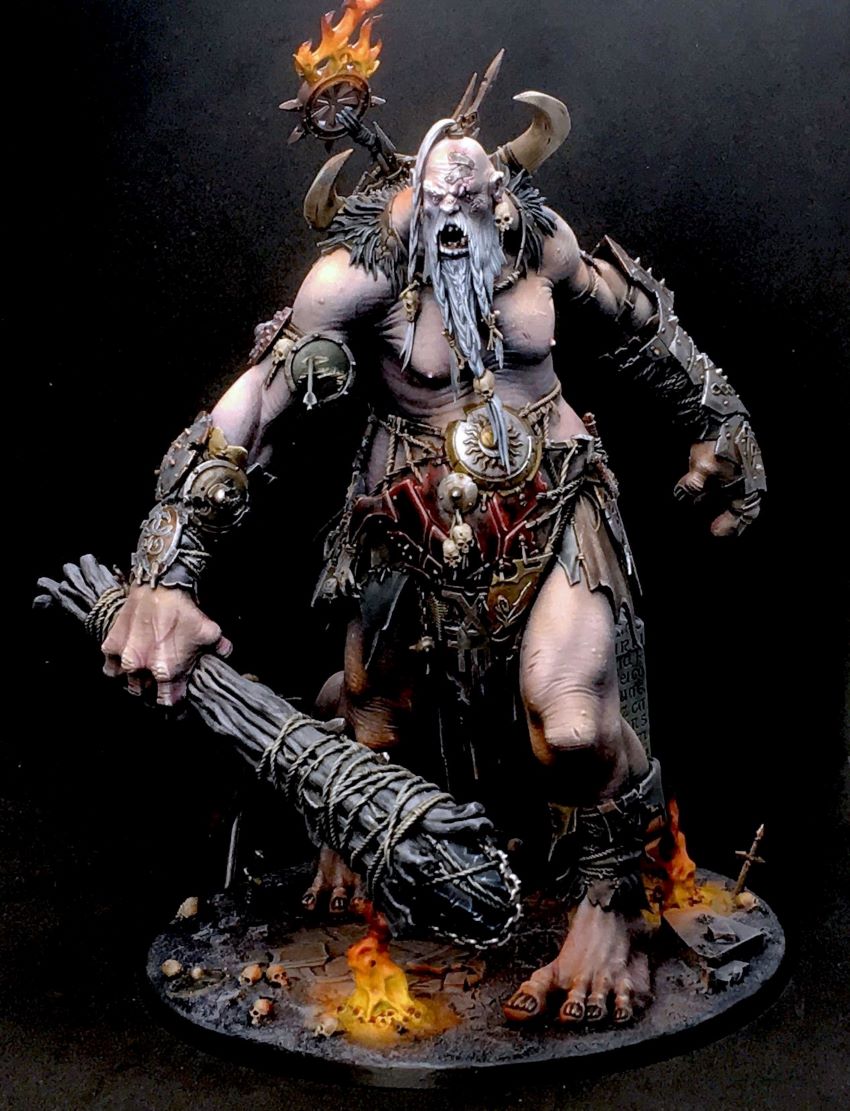
The Krondspine Incarnate of Ghur
Curiously while Games Workshop has provided baseline rules for incarnates, currently there exists only one incarnate in the game. The Krondspine Incarnates of Ghur are bestial manifestations of energy that haunt the Krondspine Range and are apparently free for the taking if you have 400 points and someone brave or stupid enough to bond one. It has a 4+ save but where it really shines are its special abilities.
- Every time it kills a Monster its level increases by 1.
- Should the incarnate receive the All-out Attack command, it will also apply that command to all friendly units that are wholly within domination range, within 3″ of an enemy unit, and have not already received a command that phase.
- If a Wizard is bonded to the incarnate and within domination range (8″ to 12″ depending on state), it adds 1 to casting, dispelling, and unbinding rolls.
- The incarnate can eat endless spells that were summoned by enemy Wizards by beating the casting value of the spell on a roll of 2D6 added to the incarnate’s level.
- All units within domination range can re-roll run and charge rolls, cannot retreat, and Wizards in domination range that are not bonded to the incarnate subtract 1 from casting, dispelling, and unbinding rolls.
- The incarnate adds its level to its Attack characteristics.
- In wild form it will charge any unit within 12″ and adds 1 to hit rolls for attacks.
In terms of lethal output the incarnate has two sets of attacks. The first is a base of 6 attacks with a 3+ to hit, 3+ to wound, -2 Rend, and 2 Damage. The second is a base of 1 attack with a 3+ to hit, 2+ to wound, -3 Rend, and 4 Damage. The chart below shows the output against various Save characteristics for a level 2 incarnate assuming both attacks are directed against the same target.
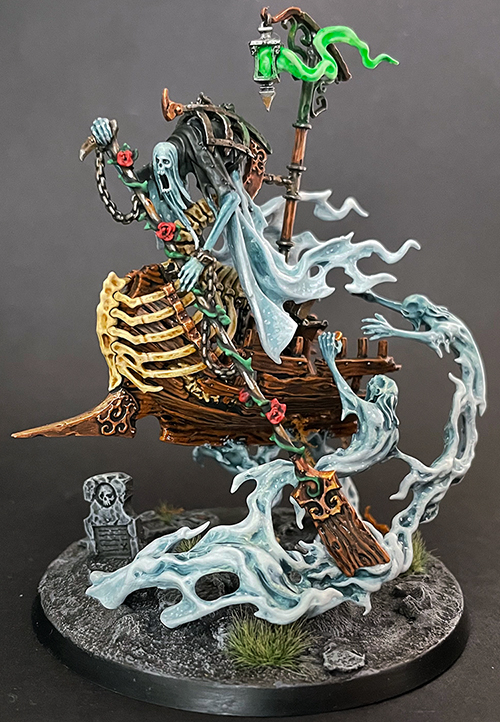
Wrapping Up
Incarnates are interesting units that present a unique challenge courtesy of the state level mechanic. The Krondspine Incarnation of Ghur has had a consistent presence in our competitive innovations series, which is no surprise given the combination of powerful aura abilities and resiliency. Short of a unit failing to eat an endless spell and then dying to allocated wounds it’s impossible for them to be removed in a single turn. My understanding from talking to the Goonhammer Age of Sigmar Brain Trust is that people are expecting some kind of adjustment in the forthcoming battlescroll update. One possible way to make incarnates a bit less resilient would be to have allocated wounds carry over between turns if the 3D6 roll did not result in a lost level.
Thanks for reading! If you have any questions or comments feel free to drop us a note in the Comments below or email us at contact@goonhammer.com. That’s also the best way to suggest topics for future articles.
